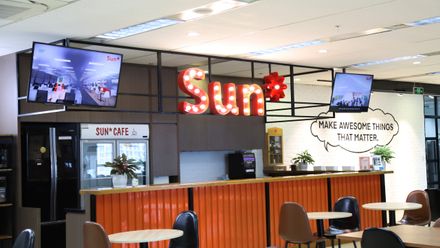OKRs success stories of big technology companies in the world
Recently, OKRs (Objectives and Key Results) has become one of the hottest "keywords" at Sun*. It is not a magic method that can make businesses succeed quickly. OKRs can only bring into play if we understand and apply it correctly in our company. Let’s see how these big businesses have successfully applied this goal management method.
Google does OKRs on an annual basis with the 3 levels “company level, team level, personal level”, but the OKRs can be adjusted based on what happened in that year. Accordingly, the teams and each individual will rely on common OKRs to set up their own OKRs. Everyone works together to ensure that their company is on track in terms of hitting their targets.
At Google, employees have 4-6 OKRs per quarter. Beyond this threshold, it is not healthy and productive as they won’t be able to focus.
Especially, OKRs are clear and specific at employee level at Google. Not only anyone can see each other's goals, but they can also see each other's scores. It may sound scary, but this helps people understand what others are doing for the company's goals.
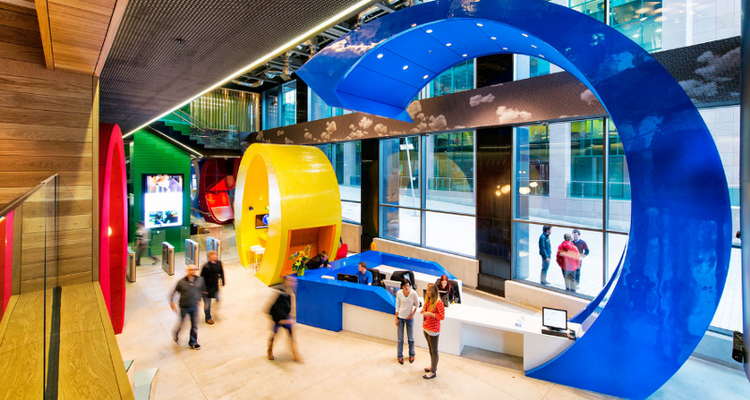
One of the most incredible successes of Google is making the impossibilities thing into possibilities with Google Chrome browser. At first, Google Chrome's Objective was to “develop the next-generation client platform for web applications.” The main key result: “Chrome reaches 20 million seven-day active users.”
However, they failed to achieve that objective because the users didn't know what the new browser would do more for them than the browser they were using. Although significant improvements were made, the Chrome browser only gained 3% of the browser market share later on, which is not enough to achieve key results. So Google decided to subdivide the above objective into "small" OKRs.
In particular, Google set out the new objective which is to make Chrome “as fast as flipping through a magazine" including these key results: javascript running 10 times faster within 4 months and 20 times faster within 2 years or launching Chrome for OS X and Linux instead of being a Windows-only product. After only a short time, Google has achieved the objective with up to 111 million users.
Youtube
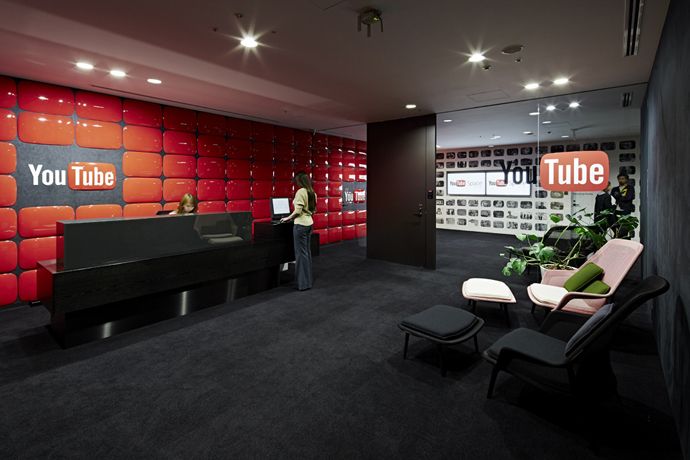
Like other online platforms, Youtube wants to increase its watch time to increase YouTube's advertising revenue ( because it is based on watch time and number of viewers).
That's why when applying OKRs, Youtube set out the Objective: Increase the average watch time for each Youtube viewer. From there, Youtube set the Key results as:
- Increase each viewer's total watch time to XX phút per day
- Extend the original Youtube application to 2 new operating systems
- Reduce video download time to X%
If you notice, Youtube sets these key results for the only purpose which is increasing the average watch time of viewers. The first key result is determined by a specific number XX. Youtube said that setting specific numbers here is very important because if employees achieve that key result easily, then it clearly does not challenge them at all. For that reason, they will adjust the key results in the next OKR period.
Uber
Considered as one of the biggest ride-sharing service in the world transportation market, especially in Europe and Latin America, Uber has applied OKRs towards its goal to become a big name as Google, Youtube, Intel,....!
As a startup that makes use of technology to solve human transport problems, when applying OKRs, Uber has defined a clear objective to focus on now is to increase drivers in the Uber System as well as increase geographical coverage of drivers. Since then, Uber has clearly divided objectives and key results to the responsible departments in each transportation area.
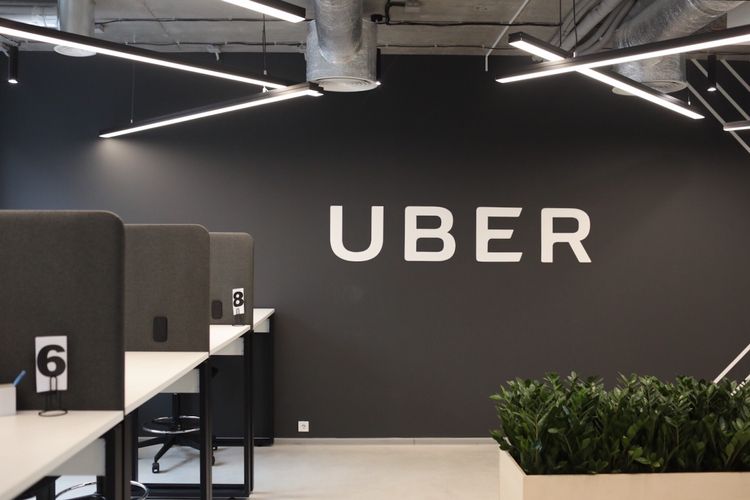
Objective 1: Increase Drivers in the Uber System
Key result 1:
- Increase driver base in each region by 20%
- Increase driver average session to 26 hours/weekly in all active regions
Objective 2: Increase geographical coverage of Uber drivers
Key result 2:
- Decrease pickup time to <10min
- Increase coverage of drivers for all active cities to 75%
Objective 3: Increase Uber driver satisfaction with work
Key result 3:
- Identify and measure the happiness level of drivers at different time points (by week, quarter, year)
- Increase the Uber driver's happiness score to a minimum of 75%
However, in order to put these objectives into practice to each department and spread them to each driver, Uber had to promote the communication process between employees to convey and clarify important objectives, making the successful Uber as today.
Jeff Weiner, CEO of LinkedIn makes the OKRs more personal for employees but still rely on the OKRs of Linkedin. In particular, the employees set out goals they really want to accomplish over a specific period of time.
He encourages his team to set challenging OKRs, which aren't easily achievable. The preferred amount of OKRs is 3-5 in any given quarter.
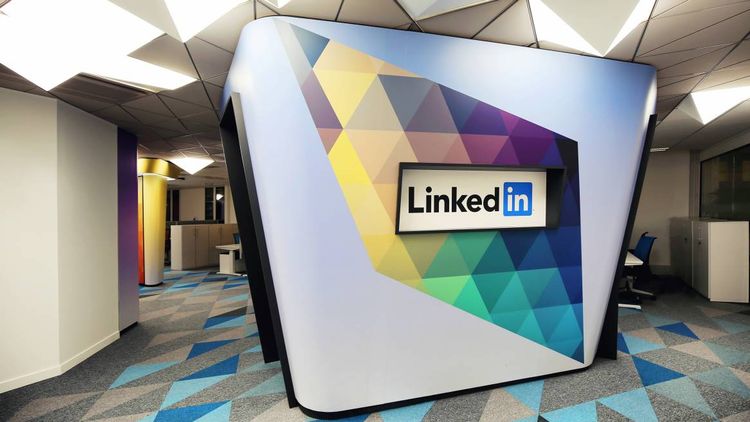
In order to keep up with the progress, Weiner meets with his team once a week for 3 hours and every 6 weeks for a full day. Weekly meetings have a purpose to get an update on how everyone's doing on their OKRs. He always starts the meeting on a positive note by going around the room and asking each of his team-mates to share one personal victory and one professional achievement from the previous week. This infuses the meetings with positive energy right from the start.
For Linkedin to become a company worth up to $ 20 billion, OKRs is not the only factor contributed to. However, Linkedin has exploited OKRs to connect employees with the company's vision and mission, from which, like the story of Google, everyone set challenging goals for themselves with voluntary spirit, together towards the common goal of the company.
To be an organization that develops in the right direction and succeeds in bringing values to society, it requires the contribution of each individual in that organization. Similarly, the common goal of an organization will suddenly become nothing if each individual refuses to set goals towards the common goal of the organization. They just set them and then leave unfulfilled or even just complete 8-hour full-time work without paying attention to the goals of the organization.
Like the two parallel lines, there is no point in common if the two goals do not intersect, right?
Google, Youtube, Linkedin or Uber are just one of the typical examples of other big technology companies in the world that have succeeded thanks to OKRs. They all start at zero, they all set goals and fail but the only thing they have in common is never give up.
Through their OKRs story, there are three lessons that will certainly help Sunners understand OKRs, from which we can set up individual OKRs correctly as following:
Set OKRs appropriate to the context and orientation of the company and the Unit. Do not set too many OKRs in a given period of time (quarter or year). |
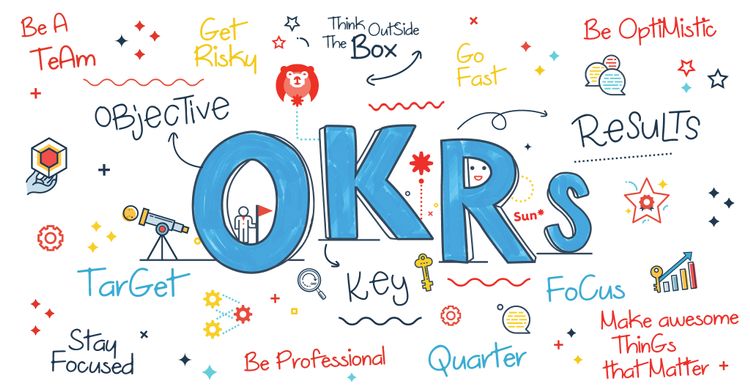
The second quarter of 2020 is also a milestone marking the first time, Sun* Vietnam has applied OKRs in setting and managing common goals for the whole company as well as building the goals of each unit or individual.
Be open to new things and join Sun* to reach your goals with the help of OKRs!
If Sunners have any questions about OKRs and difficulties in setting up personal OKRs, please send them to Sun* News HERE!
Wished everyone success!
Information compiled by Sun * News from Medium.com
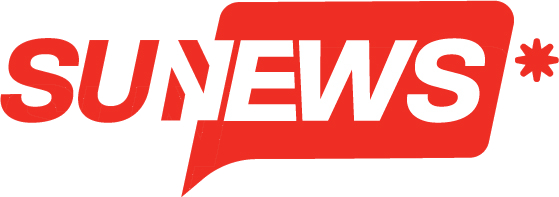
 VI
VI EN
EN